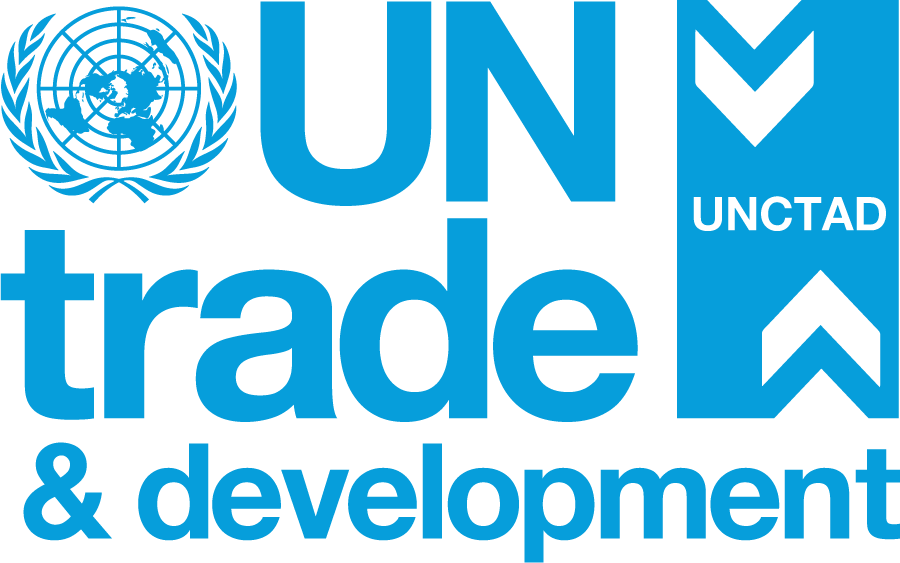4th G20 Finance Ministers and Central Bank Governors: Session 2 – international financial architecture
Excellencies,
The G20 has been effective at driving reform of the international financial architecture. The Common Framework provided a roadmap for debt restructuring where none existed. SDR allocations delivered liquidity when COVID threatened to pull developing countries under. The evolution roadmap has stimulated MDBs into expanding their risk appetite and balance sheets. The reports we have heard today are really encouraging. These are real steps. They matter.
But more works is needed. The Common Framework can be improved as proposed many times and as referred by many G20 countries. SDR rechanneling through MDBs remains a promise of huge potential, not fulfilled. We cannot stop now simply because we've started moving.
On the debt pillar, the architecture for creditors is robust – Paris Club coordination, Institute of International Finance platforms, regular consultation mechanisms. The architecture for borrowers is missing.
This gap has real consequences. Every restructuring gets reinvented. Hard-won lessons disappear when Ministers change. Countries repeat mistakes that others have already learned to avoid. This isn't efficient for anyone – not creditors seeking orderly resolution, not borrowers seeking sustainable outcomes.
At FFD4, countries called explicitly for establishing a platform for borrowers. The Borrowers' Forum offers exactly what's missing: technical peer learning between countries facing similar challenges, a permanent knowledge repository preserving what works, capacity building for better data and debt management, and amplifying borrowers’ voice and perspectives in global reform discussions.
This does not compete with the other mechanisms in place. It only complements a missing part in the financial architecture. Creditors coordinate.
I thank you.


